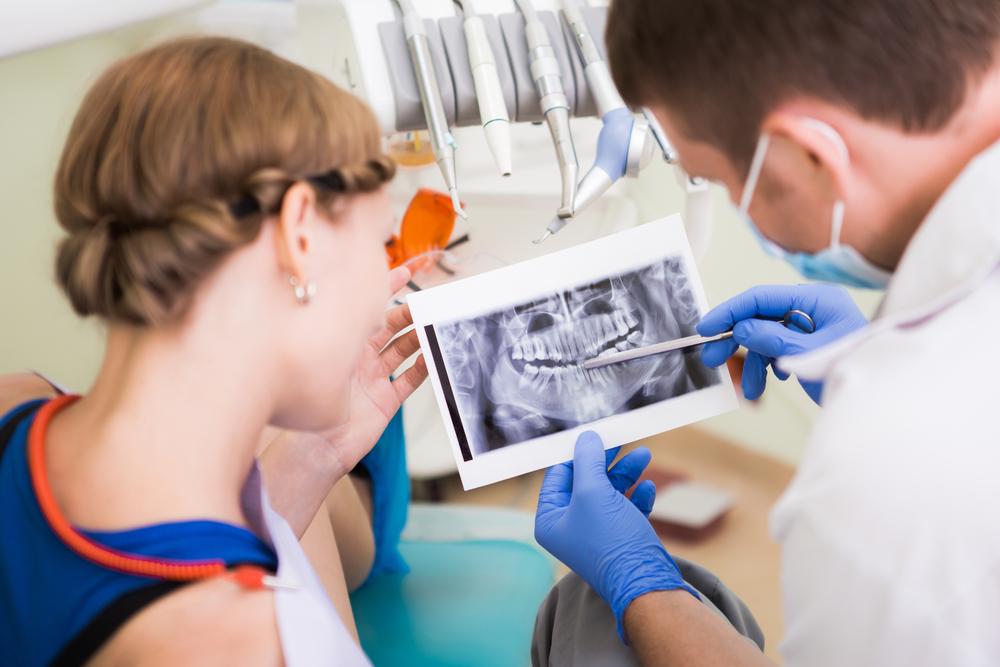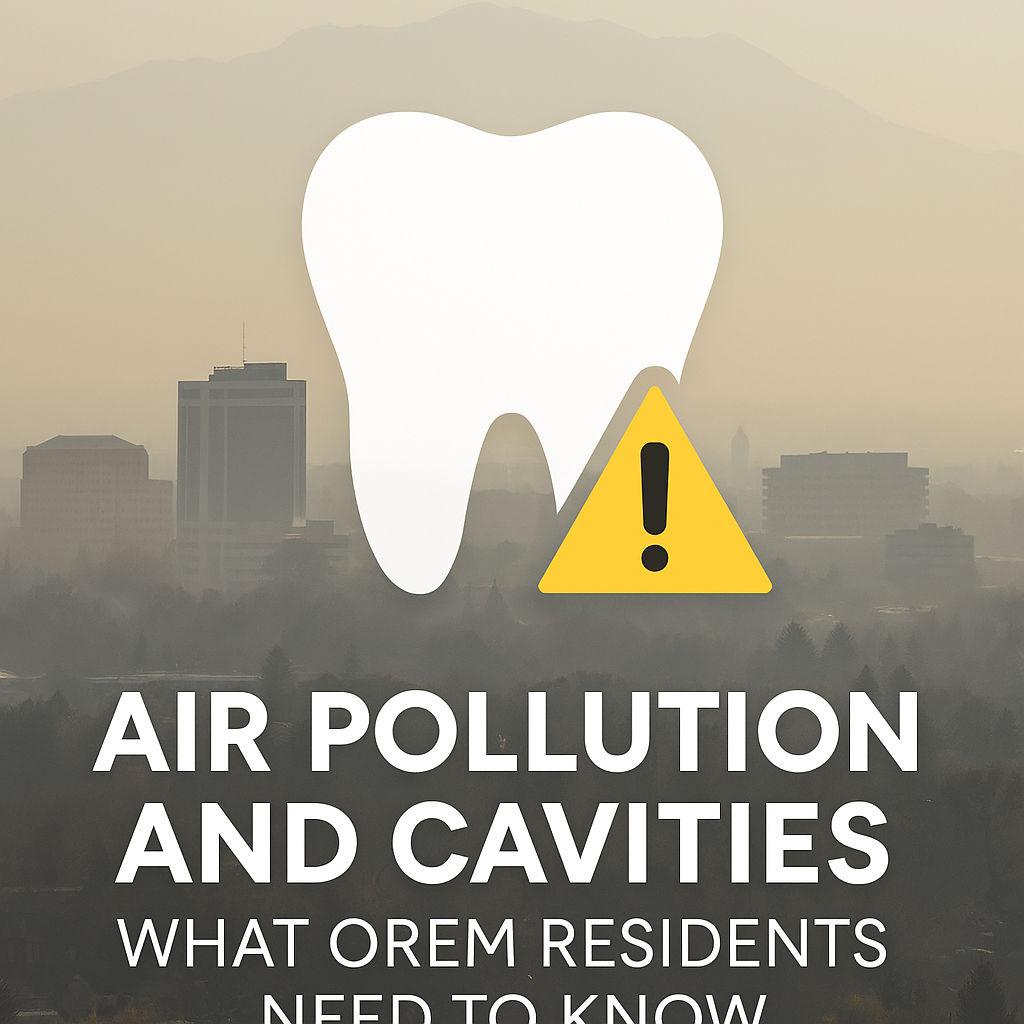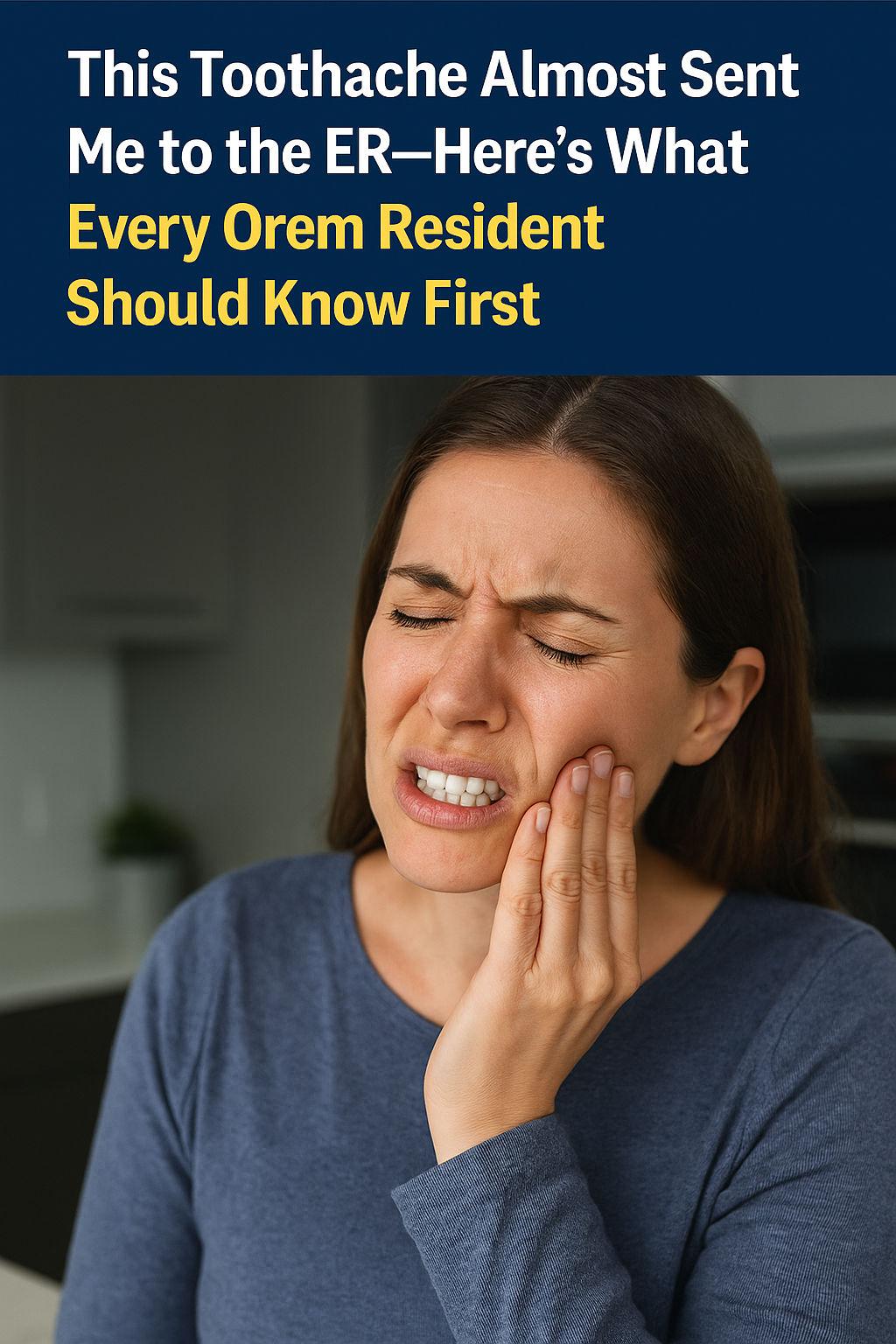Our bones are the silent architects that provide structure and support to our bodies. They serve as the framework for our muscles, protect our vital organs, and store essential minerals like calcium and phosphorus. Much like a building, bones need a solid foundation to withstand the test of time. Osteoporosis, a condition characterized by weakened and brittle bones, poses a significant threat to our overall health and well-being, making prevention a crucial aspect of maintaining strong bones and teeth throughout our lives in Orem.
Understanding Osteoporosis: The Silent Thief
Osteoporosis is often referred to as the “silent thief” because it gradually weakens bones without presenting noticeable symptoms until a fracture occurs. Bone is a dynamic tissue that continuously undergoes a process of remodeling involving bone formation and bone resorption. In a healthy individual, these two processes are in balance. However, as we age, especially in postmenopausal women and older men, bone resorption can outpace bone formation, leading to a decline in bone density and strength. This increases the risk of fractures, even with minor falls or injuries.
Apart from age and gender, several other factors contribute to the development of osteoporosis, such as:
- Lifestyle Choices: Sedentary lifestyle, smoking, excessive alcohol consumption, and a diet lacking essential nutrients can all negatively impact bone health.
- Hormonal Changes: Women experience a significant drop in estrogen levels during menopause, accelerating bone loss. Men, too, can experience hormonal changes that affect bone density.
- Medical Conditions and Medications: Certain medical conditions, like hyperthyroidism and medications, such as corticosteroids, can increase the risk of osteoporosis.
- Family History: A family history of osteoporosis or fractures can indicate a genetic predisposition to the condition.
- Nutritional Deficiencies: Inadequate intake of calcium, vitamin D, and other bone-supporting nutrients can weaken bones.
- Low Body Weight: Having a low body weight or a history of eating disorders can lead to decreased bone density.
Building the Blueprint for Bone Health: Prevention Strategies
While we cannot stop the aging process, we can take proactive steps to build a blueprint for bone health that reduces the risk of osteoporosis and promotes strong bones and teeth throughout our lives.
1. Nourish Your Bones: Calcium and Vitamin D
Calcium and vitamin D are the foundation of strong bones and teeth. Calcium is the primary mineral that gives bones their strength and structure, while vitamin D helps the body absorb and utilize calcium effectively. Include calcium-rich foods, such as dairy products, leafy greens, almonds, and sardines. IF NECESSARY, vitamin D can be obtained through sun exposure, fortified foods, and supplements.
2. Embrace a Balanced Diet
A well-balanced diet that includes a variety of nutrients is essential for bone health. Besides calcium and vitamin D, ensure you consume adequate amounts of magnesium, phosphorus, vitamin K, and other micronutrients. Fresh fruits, vegetables, whole grains, lean proteins, and healthy fats should form the basis of your diet.
3. Stay Active: Weight-Bearing and Strength-Building Exercises
Regular physical activity, especially weight-bearing and strength-training exercises, plays a pivotal role in bone health. Weight-bearing exercises, like walking, jogging, dancing, and climbing stairs, stress the bones, encouraging them to become stronger. Strength-building activities using resistance bands or weights help to increase bone density and muscle strength.
4. Avoid Harmful Habits
Smoking and excessive alcohol consumption have detrimental effects on bone health. Smoking interferes with the body’s ability to absorb calcium, and heavy alcohol intake can lead to reduced bone formation and an increased risk of fractures. If you smoke, seek help to quit, and if you consume alcohol, do so in moderation.
5. Take Precautions to Prevent Falls
Falls are a leading cause of fractures in people with osteoporosis. Taking precautions to prevent falls can significantly reduce the risk of fractures. Ensure your living space is well-lit and free from hazards, install handrails on staircases, and use non-slip mats in the bathroom. Regular eye check-ups are essential to maintain good vision and reduce the risk of tripping or falling.
6. Know Your Risk Factors
Understanding your risk factors for osteoporosis is crucial. If you have a family history of the condition or other risk factors, discuss them with your healthcare provider. They may recommend a bone density test to assess your bone health and provide personalized advice for prevention and treatment.
7. Consider Hormone Replacement Therapy (HRT)
For postmenopausal women, hormone replacement therapy (HRT) may be considered to help prevent bone loss. Estrogen therapy, in particular, can slow bone resorption and reduce fracture risk. However, HRT is unsuitable for everyone, and its potential risks and benefits should be discussed with a healthcare professional.
8. Medication when Necessary
In cases where the risk of fractures is significant or other prevention methods have not been effective, certain medications may be prescribed to improve bone density and reduce fracture risk. These medications work in various ways, such as slowing bone resorption or stimulating bone formation. Your doctor will determine the most appropriate treatment based on your individual health profile.
Conclusion
Osteoporosis prevention is a lifelong endeavor that requires conscious effort and healthy choices. Understanding the factors contributing to bone health and implementing preventive strategies can build a solid foundation for strong bones and teeth, ensuring a healthier and more active future. Take charge of your bone health today because it’s never too early or too late to invest in a stronger, more resilient you. Regular check-ups with your doctor will help monitor your progress and make any necessary adjustments to your prevention plan, ensuring you stay on track to optimal bone health.





